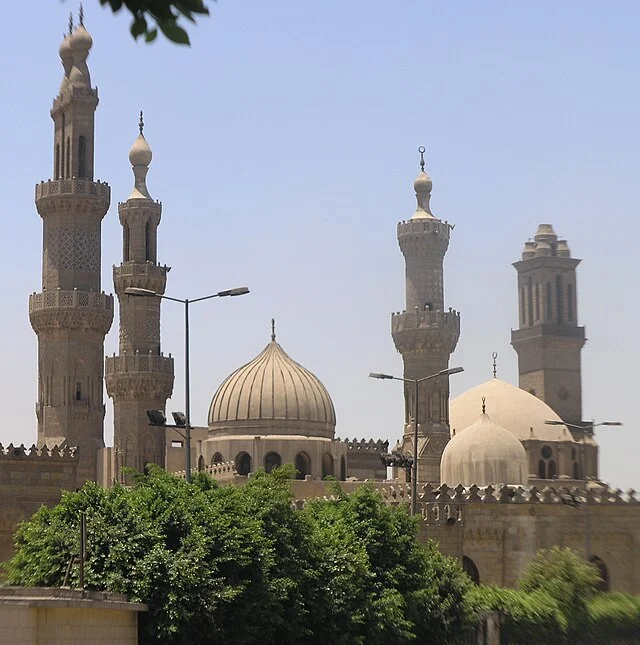Al-Azhar Mosque is one of Cairo’s most significant Islamic monuments. Established in AD 970, it has served as both a religious center and a powerful institution of learning in the Islamic world. Its history spans multiple dynasties and periods, making it a symbol of Cairo’s Islamic heritage.
Get your dose of History via Email
Founding of Al-Azhar Mosque
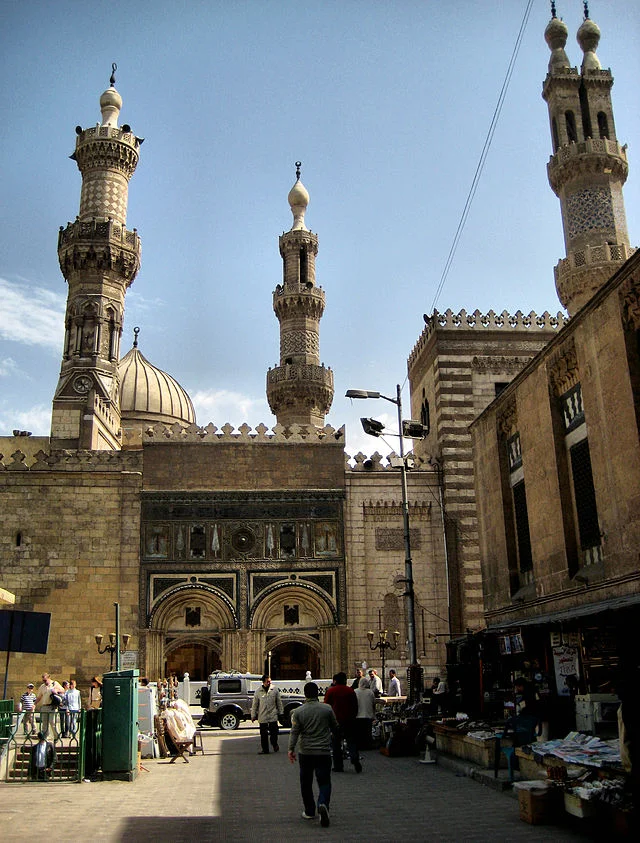
The Fatimid dynasty established Al-Azhar Mosque shortly after founding Cairo. The Fatimids, a Shi’a Muslim dynasty, founded Cairo as their capital in AD 969. Within a year, they ordered the construction of the mosque. Completed in AD 972, it was initially built to serve as both a place of worship and a center for the propagation of Shi’a Islam. The mosque’s name, Al-Azhar, may reference Fatima al-Zahra, the daughter of the Prophet Muhammad, an important figure in Shi’a Islam.
Al-Azhar as an Educational Institution
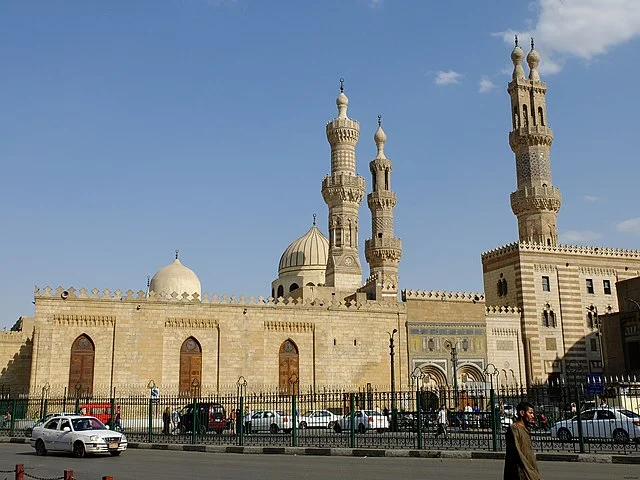
Under the Fatimids, Al-Azhar became a prominent center for Islamic scholarship. Its role as a university began in AD 988, making it one of the oldest continuously operating universities in the world. Al-Azhar attracted scholars from across the Islamic world, promoting studies in theology, law, grammar, and logic. It provided free education to students, establishing a model that influenced many other Islamic institutions.
With the Ayyubid takeover of Egypt in the 12th century, Al-Azhar’s curriculum changed, emphasizing Sunni teachings instead of Shi’a doctrine. This shift marked a turning point for Al-Azhar, which became a center for Sunni scholarship and jurisprudence, a role it retains today.
Architectural Evolution
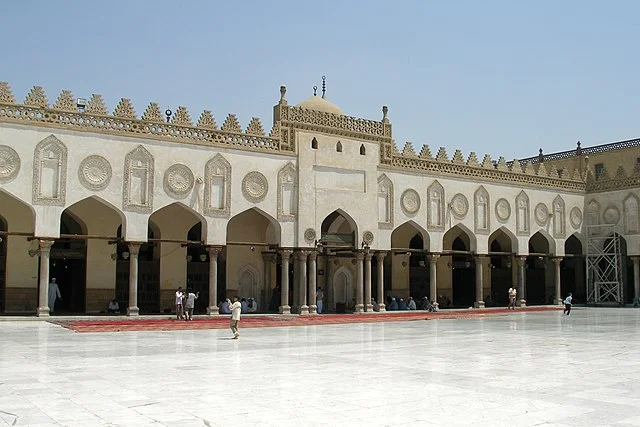
Al-Azhar Mosque’s architecture reflects the various dynasties that ruled Egypt over centuries. Originally, the mosque had a modest design, but subsequent rulers expanded and modified it. The Mamluks, who ruled Egypt from the 13th to the 16th centuries, made significant additions. They added multiple minarets and extended the prayer hall.
During the Ottoman period, Al-Azhar underwent further renovations. The Ottomans reinforced the mosque’s structural integrity and enhanced its decorative elements. Al-Azhar’s distinctive architectural features, such as its minarets and domes, reflect Islamic architectural styles from different periods.
Al-Azhar’s Role in Egyptian Society

Throughout Egyptian history, Al-Azhar played a key role in political and social issues. During periods of foreign occupation, such as the Napoleonic invasion in AD 1798 and the British occupation in the late 19th century, Al-Azhar became a hub of resistance. Scholars and students used the mosque as a platform to organize resistance and foster national identity.
In the 20th century, Al-Azhar expanded its educational influence. It incorporated modern sciences into its curriculum and established new colleges, adapting to changing times. Today, Al-Azhar University offers a wide range of disciplines, from theology to medicine, making it an influential educational institution in Egypt and the broader Muslim world.
Preservation and Legacy
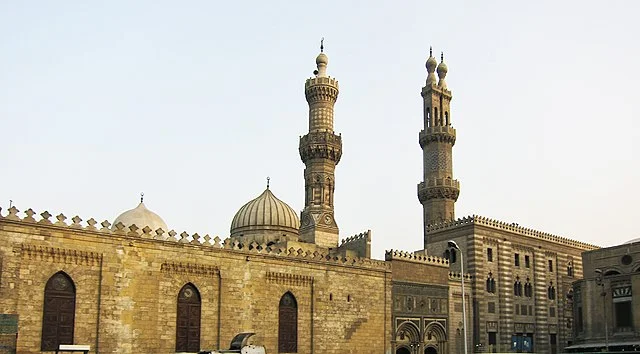
Al-Azhar Mosque stands as a historical and cultural monument. It has undergone extensive restoration to preserve its architecture and heritage. The mosque’s unique combination of Fatimid, Mamluk, and Ottoman elements reflects Cairo’s rich Islamic history.
Al-Azhar continues to serve as a major religious and educational institution. Its scholars issue fatwas (legal rulings), provide guidance on religious matters, and contribute to discussions on contemporary issues. The mosque and university remain central to Islamic thought, symbolizing Cairo’s enduring legacy as a center of Islamic learning and culture.
Conclusion
Al-Azhar Mosque represents over a thousand years of Islamic scholarship, architecture, and social impact. Founded by the Fatimids, transformed by the Ayyubids, and expanded by the Mamluks and Ottomans, it mirrors the history of Cairo itself. Today, it stands not only as a place of worship but also as a beacon of Islamic education, influencing millions of Muslims worldwide.
Source:

